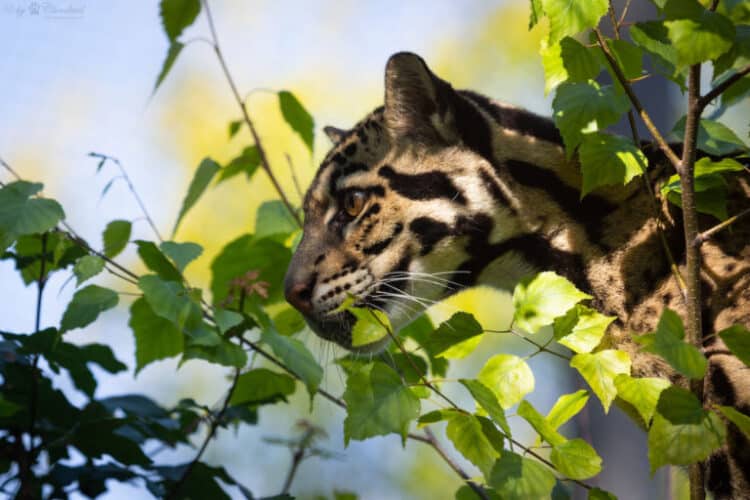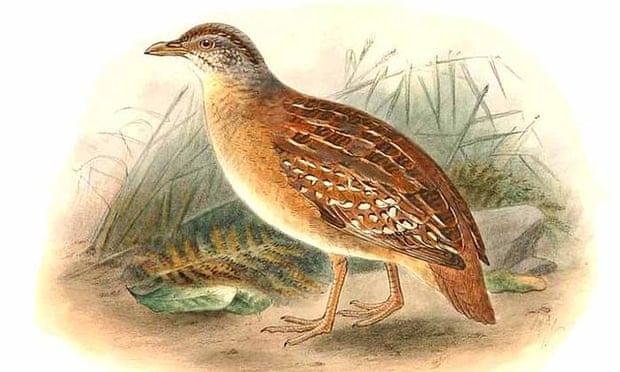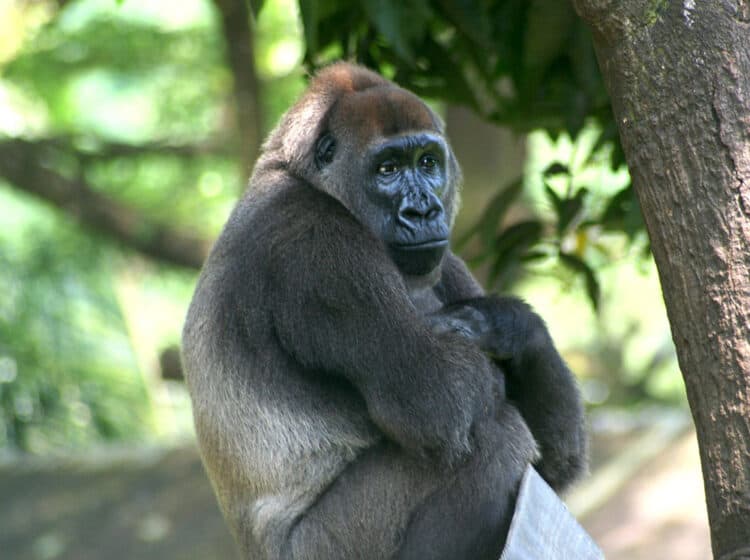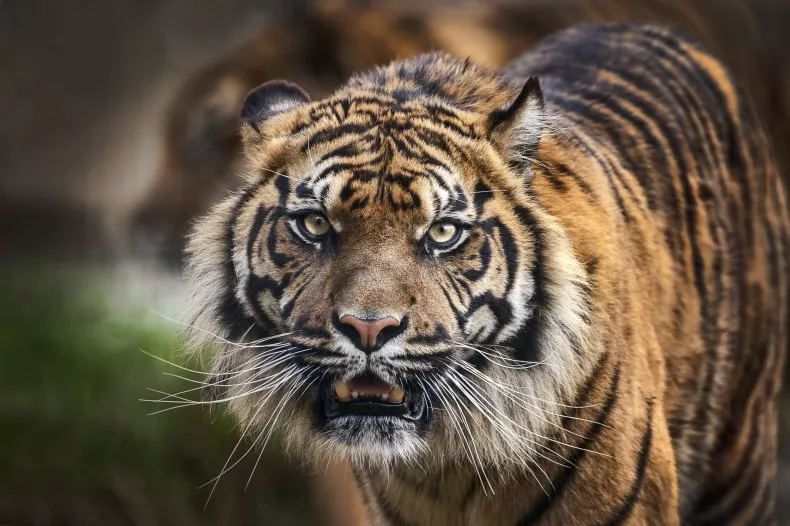The bay cat is arguably the world’s least-known member of the cat family (Felidae). Although first described by scientists in 1874, no photo existed of a living specimen until 1998 and a wild cat in its rainforest habitat wasn’t photographed until five years later. Given this, scientists with Zoological Society of London (ZSL) and Imperial College London were taken aback when their remote camera traps captured numerous photos of these elusive cats hanging out in a commercial logging concession in Sabah, a state in Malaysian Borneo.
“We were completely surprised to see so many bay cats at these sites in Borneo where natural forests have been so heavily logged for the timber trade. Conservationists used to assume that very few wild animals can live in logged forest, but we now know this land can be home for many endangered species,” says Robert Ewers from the Department of Life Sciences at Imperial College London and head of the Stability of Alerted Forest Ecosystem (SAFE) Project in Borneo where the species was photographed.
Found only on the island of Borneo, bay cats (Pardofelis badia) are slightly larger than an average domestic cat but with a long tail. A reddish-colored coat makes the cat stand out from other felines in the region, however individuals have also shown a gray-black form.

In the last few years, more information has been coming out about the bay cat. In 2009, researchers captured a wild bay cat on video for the first time, while last year researchers announced that had photographed the species at unexpected elevations. Still, no one has conducted a thorough study on the species, and almost nothing is known about its behavior.
The IUCN Red List currently categorizes the bay cat as Endangered, estimating that less than 2,500 survive in Borneo. Like most of Borneo’s species, the bay cat—which is already thought to be naturally rare—is imperiled by widespread deforestation for palm oil plantations. However, the news that the cat may hold-on in logging concessions could provide some hope for longterm survival.
Scientists not only confirmed the bay cat in the logging concession, but all of Borneo’s other wild cat species as well: the Sunda clouded leopard (Neofelis diardi), Vulnerable; leopard cat (Prionailurus bengalensis), Least Concern; flat-headed cat (Prionailurus planiceps), Endangered; and marbled cat (Pardofelis marmorata), Vulnerable.
“The cameras record multiple sightings, sometimes of species which we might be very lucky to see even after spending years in an area. For example, I’ve seen the clouded leopard just twice in three years of fieldwork, whilst my cameras recorded 14 video sequences of this enigmatic cat in just eight months,” said Oliver Wearn with ZSL and Imperial College London.



This article was written by Jeremy Hance for Mongabay.com







Leave a Reply